Centro Comercial de Importaciones de Sungnyemun (Namdaemun) (숭례문(남대문) 수입상가)
1.9Km 2024-01-24
Sowol-ro 3, Jung-gu, Seúl
Calle Comercial de Lentes de Namdaemun (남대문 안경상가)
1.9Km 2025-06-19
Namdaemunsijang 4-gil, Jung-gu, Seúl
Teleférico del Monte Namsan (남산 케이블카)
1.9Km 2023-01-03
Sopa-ro 83, Jung-gu, Seúl.
El Teleférico del Monte Namsan es una instalación turística emblemática de la ciudad de Seúl, y durante más de 40 años ha estado ofreciendo el servicio tanto a los turistas nacionales como a los extranjeros. Ubicado en el monte Namsan, en el centro de Seúl, en las alturas podrá apreciar todo el paisaje natural del área. En particular, desde el 6 de diciembre de 2008 también se encuentran en funcionamiento los nuevos teleféricos, que poseen mayor capacidad, abarcando a 10 personas más, lo que permite que en cada recorrido puedan disfrutar del paisaje 48 personas. La otra gran diferencia es que posee un nuevo diseño más abierto, es decir, al estar cubierto con amplios ventanales, los pasajeros pueden apreciar mejor el panorama. Normalmente, el teleférico es utilizado por 50.000 pasajeros al mes, por lo tanto, si desea disfrutarlo tranquilamente, se le recomienda que lo visite durante el horario matutino, y otro consejo más: visitándolo de noche, podrá apreciar una vista nocturna espléndida de toda Seúl.
Mercado Dongdaemun y Shopping Town de Dongdaemun (동대문 종합시장·동대문 쇼핑타운)
1.9Km 2025-04-07
Jong-ro 266, Jongno-gu, Seúl.
El Mercado Dongdaemun es uno de los mercados más representativos de Corea y fue fundado el 23 de diciembre de 1970, como el mayor de su clase en Asia. En diciembre de 1985 se estableció Shopping Town de Dongdaemun y ahora el área abarca cinco edificios en total (A, B, C, D, y Shopping Town). Hay más de 5.000 tiendas situadas en este complejo que venden telas diversas, materiales, accesorios, artículos para bodas, etc.
Parque Waryong (와룡공원)
1.9Km 2022-05-02
Waryonggongwon-gil 192, Jongno-gu, Seúl.
Es un parque inaugurado en el año 1984, que se encuentra ubicado en el barrio de Myeongnyung-dong, distrito de Jongno-gu, Seúl. Lo encontrará bajando desde la roca Malbawi, por el camino de la Muralla de Seúl. En sus cercanías están ubicados los parques: Samcheong, Changgyeong, y el Parque Natural del Monte Bugaksan. Presenta la forma de un dragón acostado, que es de donde proviene el nombre “Waryong” (significa dragón acostado según los caracteres chinos).
La poca profundidad de tierra que tenía el parque dificultaba la forestación, por lo que solo disponía de algunas acacias. Pero mediante la participación de los ciudadanos en una campaña de plantar mil árboles, se ha logrado convertirlo en un parque verde y abundante.
En particular, en la época primaveral se cubre de flores de todo tipo: de la colza, del albaricoque, de la azalea, de la forsitia, etc., y consta de instalaciones deportivas como campo de bádminton, centro de aeróbics y gimnasio, entre otros.
Hill House Hotel (힐하우스 호텔)
1.9Km 2025-10-23
42, Sogong-ro 3-gil, Jung-gu, Seoul
Hill House Hotel is a business hotel located at the foot of Mt. Namsan Park in Seoul. The hotel opened in 2006 with 40 rooms in all. There are various types of rooms including double room, twin room, deluxe twin room, and suite room. The hotel is earning raves for the neat and clean condition of its rooms. In particular, the hotel is ideal for travelers who prefer quiet accommodations since it is located in a residential area.
The room offers various amenities. Free Internet is available in all rooms, and a notebook PC is available for use at the communal space in the lobby. Complimentary breakfast of toast, coffee, cereal, etc. is offered. There is a communal microwave in the cafeteria, too. A baggage counter is also available for customers’ convenience.
The hotel offers easy access to public transportation, being located near Subway Hoehyeon Station, Seoul Station, and Myeongdong Station. You can visit Namsan Seoul Tower, Namdaemun Market, etc. on foot. Myeongdong is a mere 10-minute walk from Namdaemun Market. With large department stores and duty-free shops, Myeongdong is a hot place for foreign travelers. The hotel is also near Cheonggyecheon, so it is recommended to travelers who want to enjoy a tour of downtown Seoul.
Parque del Monte Naksan (낙산공원)
2.0Km 2025-08-08
Naksan-gil 41, Jongno-gu, Seúl.
El Parque del Monte Naksan recibe su nombre de su apariencia parecida a la joroba de un camello. En coreano, “nakta” significa camello y “san” significa montaña. De esta forma, la gente se refiere al parque como Parque Nakta o Parque Naksan. La montaña es una base de roca sólida de granito. La familia real de Joseon disfrutaba de la belleza natural de la montaña de granito, pero durante el período de la ocupación japonesa una actitud apresurada de planificación urbana dio como resultado la demolición de gran parte de la montaña. En un esfuerzo por salvar las zonas verdes restantes, el 10 de junio de 2002 el monte Naksan fue designado como parque. Situado en el centro de Seúl, este parque histórico y hermoso permite a sus visitantes contemplar la magnificencia de la ciudad.
Monte Inwangsan (인왕산)
2.0Km 2025-06-13
Okin-dong, Jongno-gu, Seúl
En el monte Inwangsan pueden encontrarse la zona de los rituales del rey Taejo y Muhakdaesa y la muralla fortificada construida para delimitar Seúl, que une el Túnel Sajik con Jahamun. Muchas personas disfrutan de la ruta de senderismo que comienza en el Túnel Sajik y avanza hacia el pico de la montaña, para después caminar al lado de la muralla y llegar a Buam-dong. Esta ruta de senderismo también está conectada con la carretera situada ante Cheong Wa Dae, por lo que los excursionistas pueden ver lugares históricos como el camino Palpan, el camino Hyoja, y el palacio Gyeongbokgung. La ruta de senderismo que transcurre por detrás del Parque Sajik se dirige a Hwanghakjeong, donde los arqueros de la dinastía Joseon demostraban su destreza. Hwanghakjeong estaba originalmente ubicado en el palacio Gyeongbokgung, pero fue trasladado a la montaña. Desde la cumbre puede disfrutarse de una vista panorámica de los alrededores, con el palacio Gyeongbokgung en el centro, que se extiende hasta los montes Naksan, Namsan y Baegaksan.
La ruta que bordea la muralla es popular entre montañistas que buscan disfrutar del bonito paisaje. Al seguir el sendero dentro de la muralla, aparecerán una serie de peldaños de piedra al pasar Changuimun. Tras subir estos peldaños, el sendero se bifurca hacia la parte exterior de la muralla. El sendero se alarga por 200 metros, hasta unas rocas que fueron usadas para construir castillos en tiempos de los reyes Taejo, Sejong y Sukjong. El oscuro musgo de estas rocas indica la larga historia de Seúl. El sendero también lleva al castillo Tangchundae, construido para fortalecer las defensas de la capital tras la invasión japonesa de 1592 y las incursiones manchúes de 1636.
El monte Inwangsan se eleva hasta los 338 m de altitud, cubriendo Honghe-dong, de Seodaemun-gu, y Muak-dong, Nusang-dong, Ogin-dong y Buam-dong de Jongno-gu. Las colosales formaciones rocosas y vistas de Seúl y de Cheong Wa Dae son algunos de los grandes encantos de esta montaña.
Museo de la Muralla de Seúl (Hanyang Doseong) (한양도성박물관)
2.0Km 2023-08-28
Yulgok-ro 283, Jongno-gu, Seúl
La Muralla de Seúl, llamada Hanyang Doseong en coreano, fue construida con la finalidad de marcar el antiguo límite de Seúl e impedir las invasiones extranjeras, originalmente con una longitud total de 18,627 km. Ubicado en el punto inicial de la ruta de senderismo Sunseong, el Museo de la Muralla de Seúl es un espacio cultural que presenta la historia de esta muralla y su valor. Dispone de la sala de exhibiciones permanentes, la sala de exhibiciones especiales, el centro de información de la muralla y la sala de estudio.
Ramada Hotel & Suites by Wyndham Seoul Namdaemun / 라마다 호텔앤스위트 서울남대문
2.0Km 2025-08-12
27, Chilpae-ro, Jung-gu, Seoul
+82-2-775-7000
Ramada Hotel & Suites by Wyndham Seoul Namdaemun is located in Sunhwa-dong, Jung-gu, at the center of Korea’s capital. Its location gives guests excellent access to Seoul’s major tourist sights, and some major sights like Namdaemun Market, the City Hall, Myeongdong, Gwanghwamun Gate, and Deoksugung Palace are reachable on foot. Seoul Station and City Hall Station are located nearby for good access to public transportation. The hotel is often used by international visitors to Seoul.
There are 244 rooms in total, from Superior Double and Twin to Deluxe Double and Twin, Triple, Premier Twin, Quad, Junior Suite Double, Corner Suite, Atrium Suite Family, etc. Facilities include a restaurant, a conference room, a cafe, an underground arcade, and a currency exchange kiosk. The business center offers copying, printing, scanning, and fax services. Up to 2 dogs can be brought into the room, but dogs carry a surcharge for cleaning per day and dog.
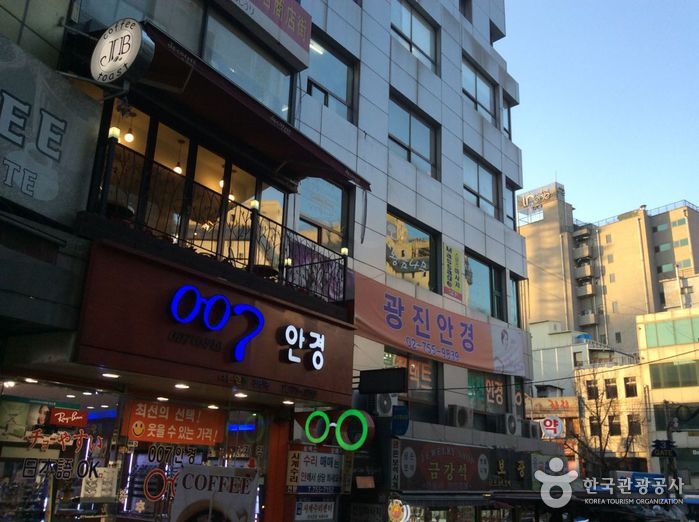
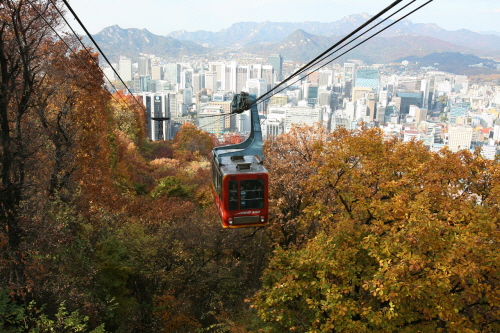

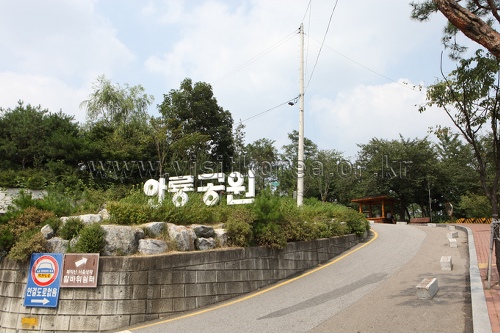
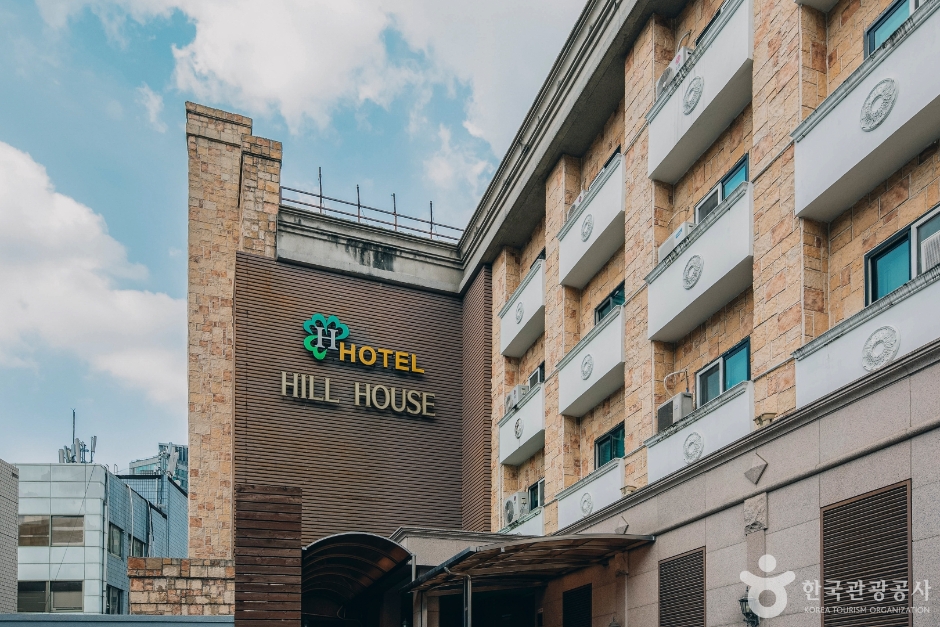
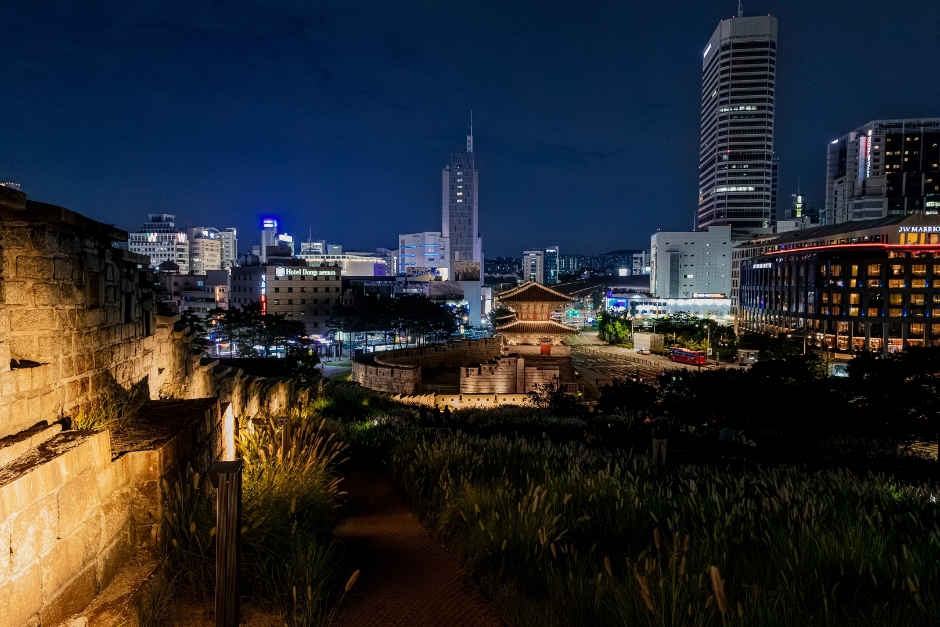
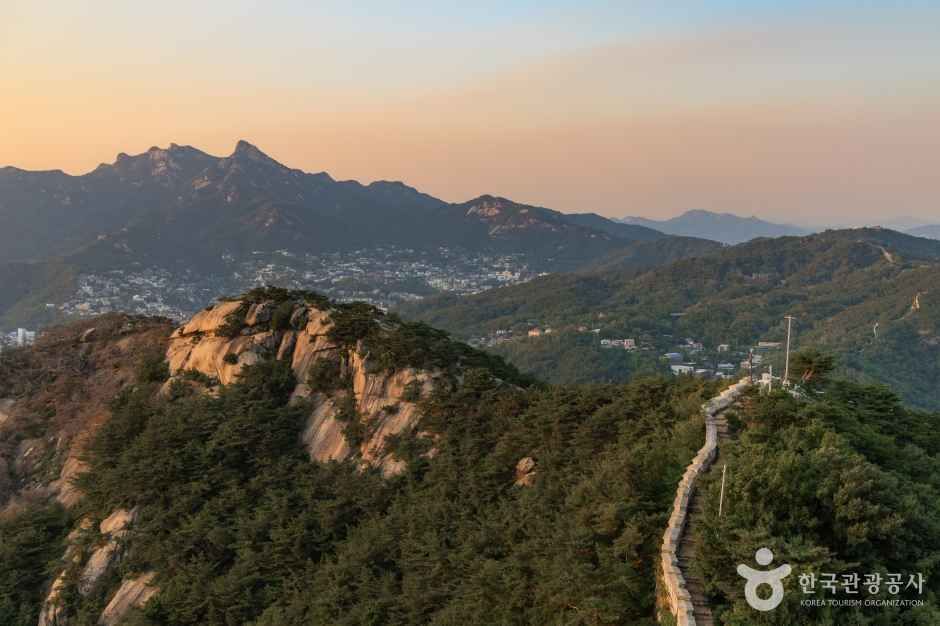
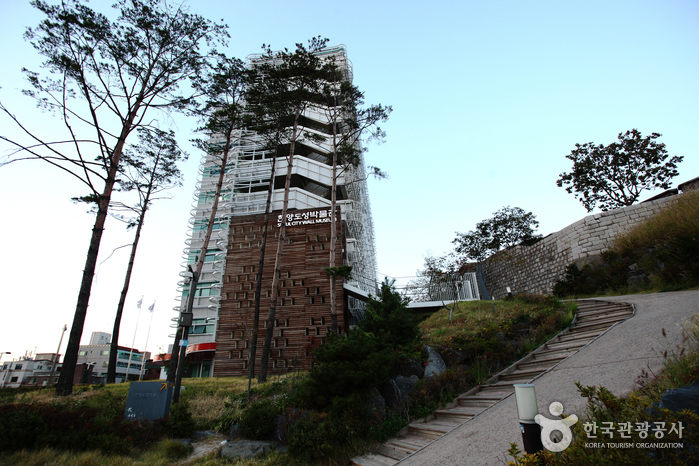
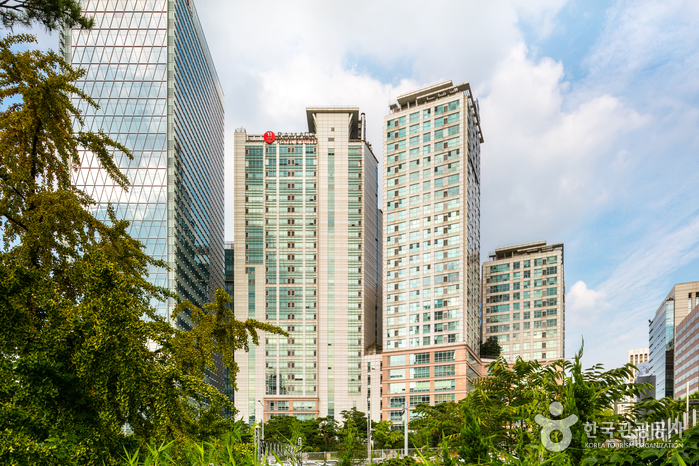
 Español
Español
 한국어
한국어 English
English 日本語
日本語 中文(简体)
中文(简体) Deutsch
Deutsch Français
Français Русский
Русский